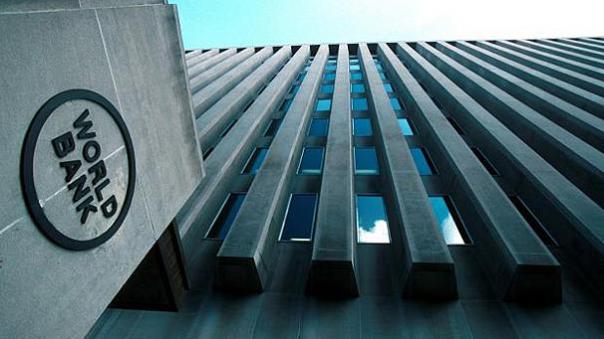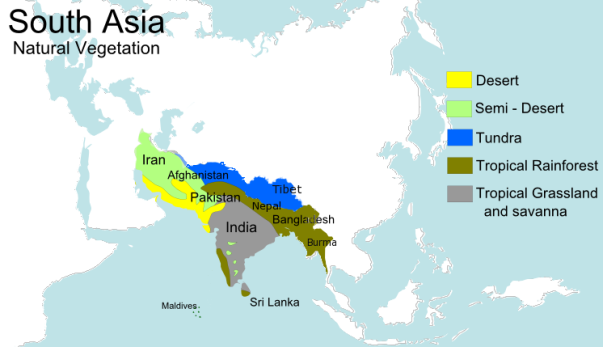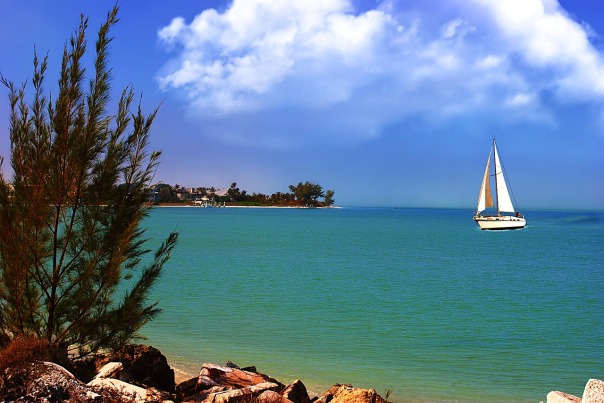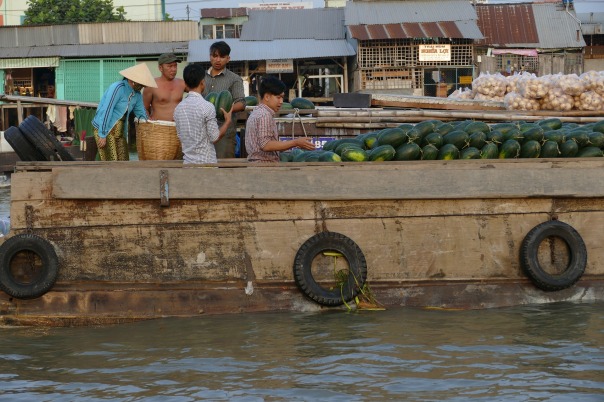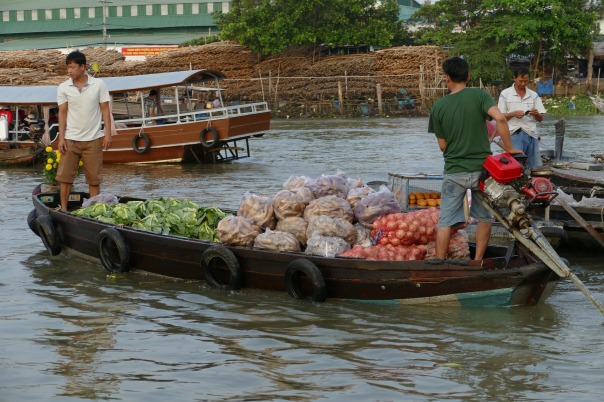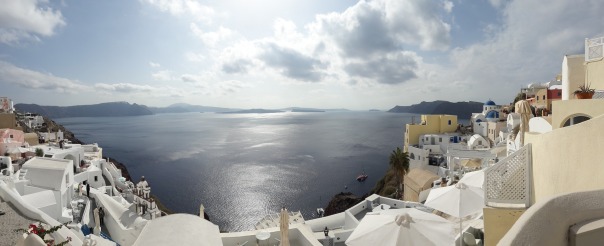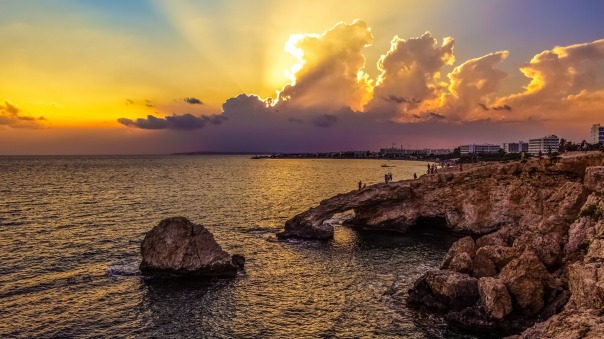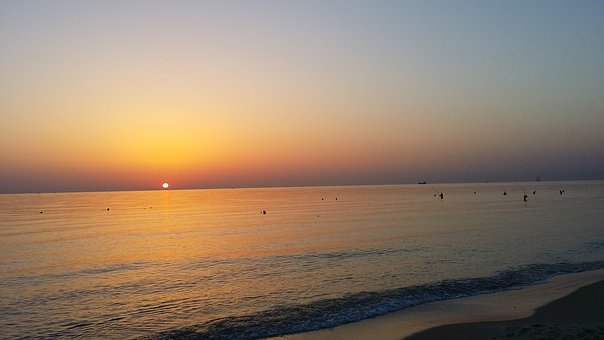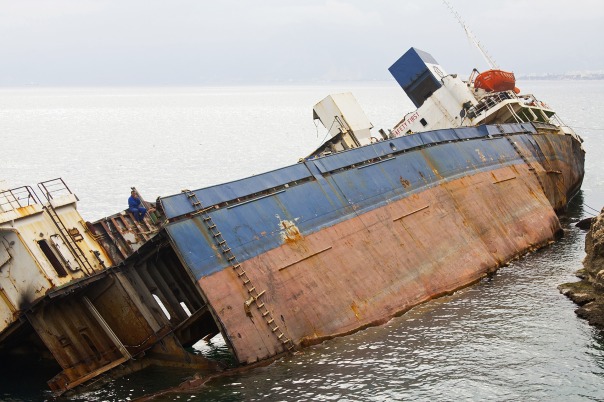more than one years into graduate school, Yuriy Roman had what he calls a “tipping point” in his profession. He realized that each one of the lessons he had taken was main him in the direction of a deep understanding of the concepts he had to design his personal solutions to chemical problems.
“all the classes I had taken came collectively, and that’s once I started out understanding why I had to recognize something approximately thermodynamics, kinetics, and transport. All of these ideas that I had seen as greater theoretical things in my classes, I should now see being implemented collectively to resolve a problem. That honestly become what modified everything for me,” he says.
As a newly tenured school member in MIT’s Department of Chemical Engineering, Roman now tries to manual his college students toward their personal tipping points.
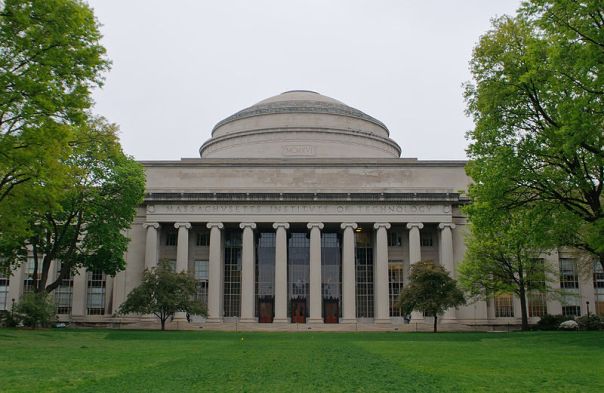
“It’s tremendous to look it happen with my students,” says Roman, noting that operating with students is one of his preferred matters approximately being an MIT professor. His college students also make principal contributions to his lab’s mission: developing with new catalysts to provide fuels, plastics, and different beneficial materials in a more efficient, sustainable way.
“To me, the maximum profitable element of my career is to WORK with these extraordinarily gifted and vibrant students,” Roman says. “They, in reality, are the first rate at developing with outside-of-the-container ideas, and I like that. I suppose MIT’s largest asset is precisely that, the students. To me, it’s a pride to WORK with them and research from them as nicely, and hopefully, have the possibility to train them a number of the matters that I know.”
Roman, who grew up in Mexico town, loved chemistry from a younger age. “I simply favored to play with such things as cleaning soap and bleach, which maybe wasn’t the most secure component,” he remembers. any other favorite hobby became juicing cabbages to provide a pH indicator. (Red cabbage contains a chemical referred to as anthocyanin that changes color when exposed to acidic or primary environments.)
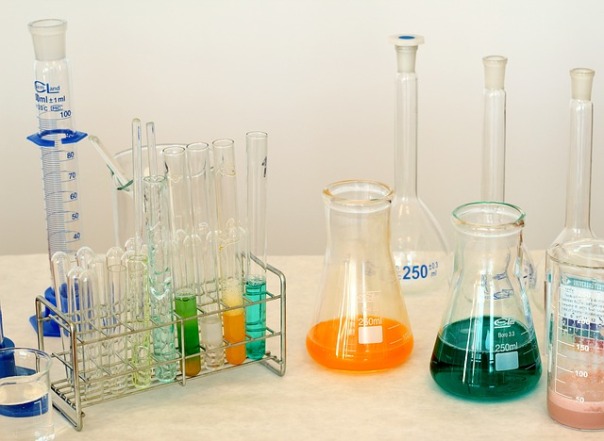
Roman’s mom was originally from Belarus, and along with his multicultural historical past, he evolved a sturdy hobby in gaining knowledge of approximately different cultures and traveling different nations. He won a full scholarship to Monterrey Institute of technology and better training, in Mexico, for excessive college and university, however throughout his first 12 months of college, he has become interested in going overseas to complete his diploma.
a chum who became then an undergraduate at MIT endorsed Roman to use to faculties within the USA, and he ended up transferring to the University of Pennsylvania.
“My parents were very amazed. In Mexico, it is commonplace to live together with your parents lengthy after completing university. The idea of leaving for college is sort of nonexistent,” Roman says.
Roman determined to study chemical engineering, allowing him to combine his love for chemical reactions and his preference to observe in the footsteps of a brother who become an engineer. After graduating, he deliberates to look for an activity within the chemical enterprise, but his then-girlfriend, now his wife, changed into planning to begin medical school. She suggested that he go to graduate college together with her, in order that they both ended up attending the college of Wisconsin at Madison.
There, Roman studied with James Dumesic, a chemistry professor who works on biofuels. For his Ph.D. thesis, Roman devised a procedure to generate a chemical called hydroxymethylfurfural (HMF) from sugars derived from biomass. HMF is a “platform chemical” that can be converted into many different end merchandise, such as fuels.
After finishing graduate school, the Roman concept he would go to work for a chemical employer, however, at Dumesic’s suggestion, he decided to go into academia rather.

“when I started interviewing at extraordinary universities, I found out that as a professor, you may have a lot of freedom to explore ideas and address troubles lengthy-time period, and you can nonetheless have lots of touch with industry,” he says. “you’ve got extra control over your time and in which you spend it, in phrases of making an investment attempt in the direction of basic technology.”
Out of graduate college, he got a process provide at MIT but first spent two years doing a postdoc at Caltech, even as his wife did her residency at the College of California at LA. operating with Mark Davis, a professor of chemical engineering, Roman commenced studying materials called zeolites, which have pores the equal length as many commonplace molecules. Confining molecules in those pores lets in for sure chemical reactions to arise much quicker than they otherwise could, Roman says.
Davis also instilled in Roman the importance of designing his own catalysts instead of counting on those developed by way of others, which allows for greater manage over chemical reactions and the ensuing substances. even as many research corporations focus either on designing catalysts or on the use of existing catalysts to come up with novel approaches to synthesize substances, Roman believes it is critical to work on both.
“whilst you are on top of things of synthesizing your personal catalysts, you may do a lot greater systematic studies. you have got the capability to control things at will,” he says. “It’s operating at this juncture of synthesis and catalysis that is the key to discovering new chemistry.”
After arriving at MIT in 2010, Roman launched his lab with a focus on designing catalysts that can generate new and exciting substances. One key vicinity of studies is the conversion of biomass components, such as lignin, into fuels and chemical substances. one of the largest demanding situations on this sort of synthesis is to selectively put off oxygen atoms from these molecules, which commonly have many extra oxygen atoms than fuels do.
in the course of a brainstorming consultation, Roman and his college students got here up with the concept of the use of a metallic oxide catalyst in which a few oxygen atoms had been removed from the floor, creating small pockets known as “vacancies.” Oxygenated molecules may be exactly anchored in the one’s vacancies, allowing their carbon-oxygen bonds to be effortlessly broken so the oxygen can be charged with hydrogen.
In every other mission, Roman’s lab advanced an extra sustainable opportunity to catalysts crafted from precious metals consisting of platinum and palladium. these metals are used in much renewable-strength technology, which includes gas cells and lithium-air batteries, however, they’re most of the Earth’s scarcest metals.
“If we have been to move from our cutting-edge fleet of automobiles with inner combustion engines to a fuel cellular fleet, there’s now not sufficient platinum in the international to sustain that quantity,” Roman says. “You need to use Earth-plentiful substances due to the fact there simply aren’t sufficient of these different valuable substances to do it.”
In 2014, Roman and his college students confirmed that they may create effective catalysts from compounds known as steel carbides, made from plentiful metals which include tungsten, covered with just a skinny layer of a rare metallic along with platinum.
growing and promoting this type of sustainable technology is certainly one of Roman’s largest research priorities.
“It’s a first-rate warfare because the energy area is in order that large. the dimensions are so huge and the infrastructure that’s already in the vicinity of petroleum-based total fuel is so enormous. however, it’s crucial for us to develop technology for renewable sources and truly curb our emissions of greenhouse gases,” he says. “huge, tough issues. That’s what we’re going after.”



